In Neal Stephenson’s novel "Termination Shock," a billionaire shoots sulfur into the stratosphere to combat global warming. This was just a concept of sci-fi until some scientists seemed to take a cue from this and invented a real science based on it called “solar geoengineering,” which implies reflecting the sunlight back to space to cool the Earth. In recent years, this science has been trending among American scientists and startups. However, the idea, deemed controversial, has been met with skepticism and even concern from climate experts.

According to ABC News, “solar radiation modification” or “solar geoengineering” is a concept that involves several different technologies utilized to reflect sunlight into space to manipulate the planet's temperature. This technology is not a new-age concept but has been known since the 90s. The New York Times reports that in 1990, a British physicist named John Latham published a letter in the journal Nature, under the heading “Control of Global Warming?” in which he introduced the idea that injecting tiny particles into clouds could offset rising temperatures. He proposed that the top surface of the clouds acted like mirrors for the sunlight and suggested consistently spraying tiny droplets of seawater into the air to deflect solar heat away from Earth.
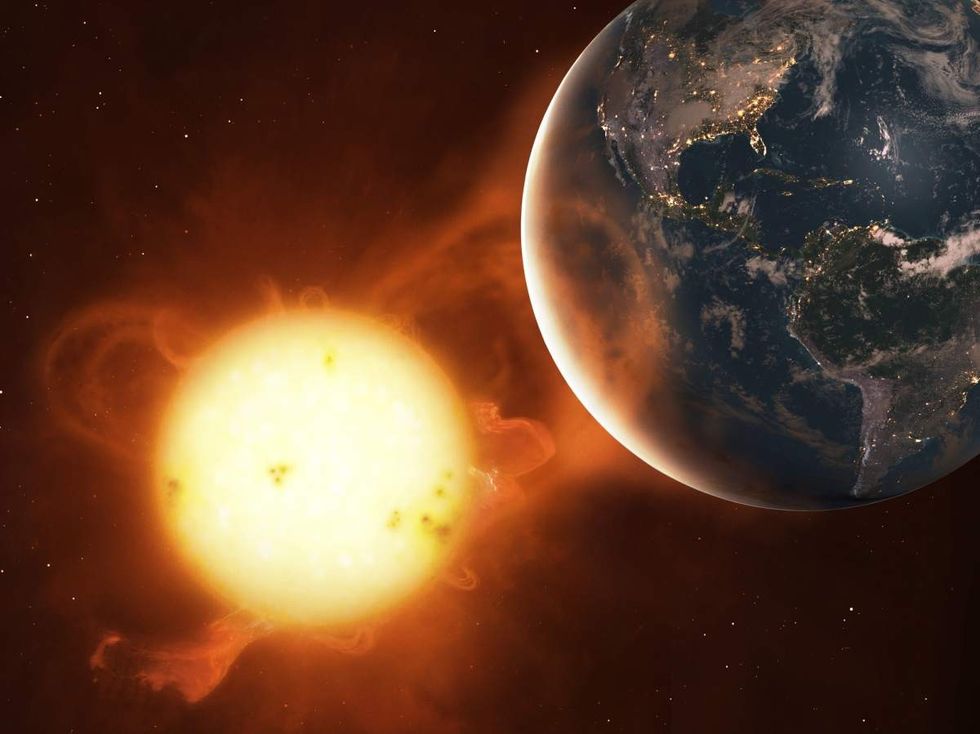
The process of "aerosol injection" is something that already occurs naturally. For example, UCAR notes the 1991 event when Mount Pinatubo erupted. The volcanic eruption emitted enormous gushes of gases, especially sulfur, and ejected them into the atmosphere, where they turned into particles called “aerosols.” They traveled worldwide, blocking the amount of sunlight that reached Earth, thereby cooling down the planet by 0.3℃ (0.5°F) for a couple of years. Scientists today are looking to achieve the same effect with the aid of modern technology.
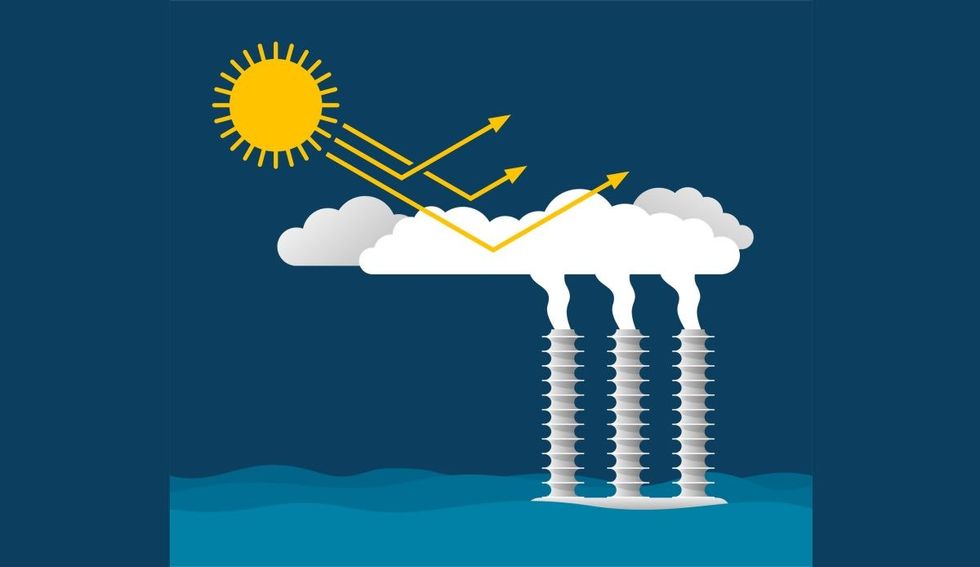
In 2023, the White House published a report declaring that it was considering this approach to curb the accelerating climate crisis engulfing the planet. In April 2022, an American startup called Make Sunsets, founded by Luke Iseman and Andrew Song, also released two weather balloons into the air. Their objective was to reduce the warming temperatures. Now they sell what they call the “cooling credit,” in which people pay them to shoot sulfur dioxide into the air, per ABC News.
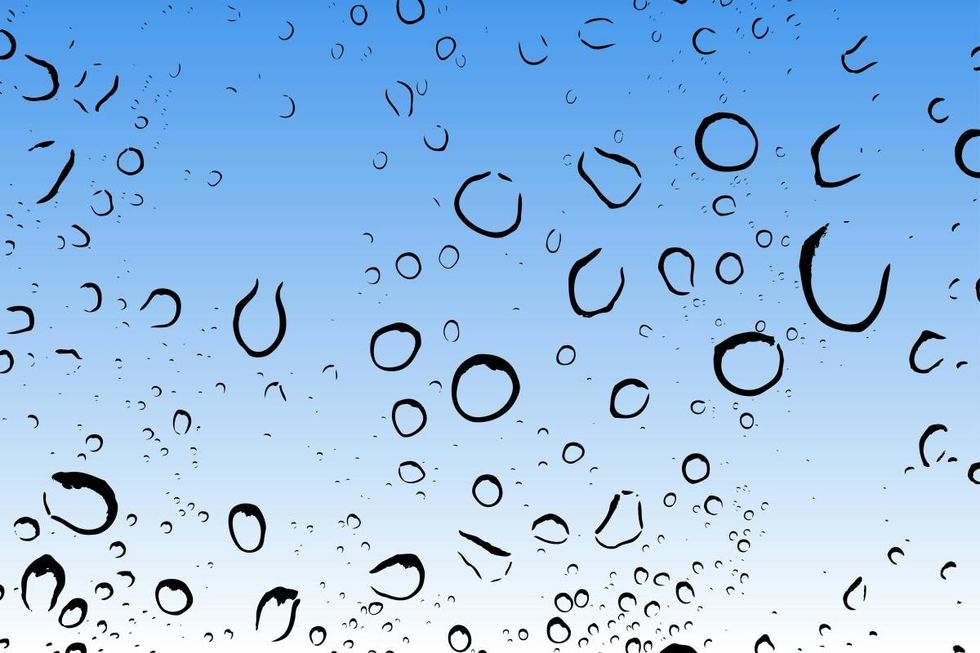
Both Latham’s and this startup’s ideas were based on a scientific concept called the “Twomey effect.” The New York Times explains it as when large numbers of small droplets reflect more sunlight than small numbers of large droplets. Injecting vast quantities of minuscule aerosols, forming many small droplets, could change the composition of clouds.
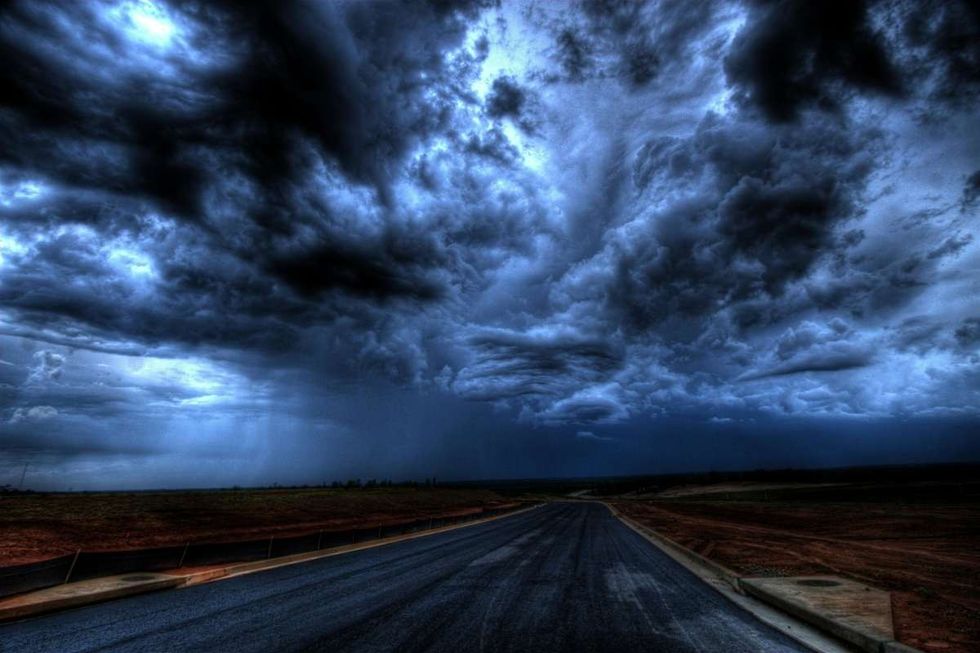
However, according to The Conversation, this method could rather be dangerous to the Earth’s atmosphere, and could even end up worsening the climate crisis into a global disaster. First of all, it would require injecting millions of metric tons of aerosols into the stratosphere, using fleets of high-altitude vessels. This would significantly alter the global wind and rainfall patterns, leading to droughts, cyclones, acid rains, and slowing ozone recovery. Plus the process would need to be repeated for over a century, and pausing it in the middle could cause disasters on the planet. “You could well be changing climatic patterns, not just over the sea, but over land as well. This is a scary vision of the future that we should try and avoid at all costs,” David Santillo, a senior scientist at Greenpeace International, told The New York Times.
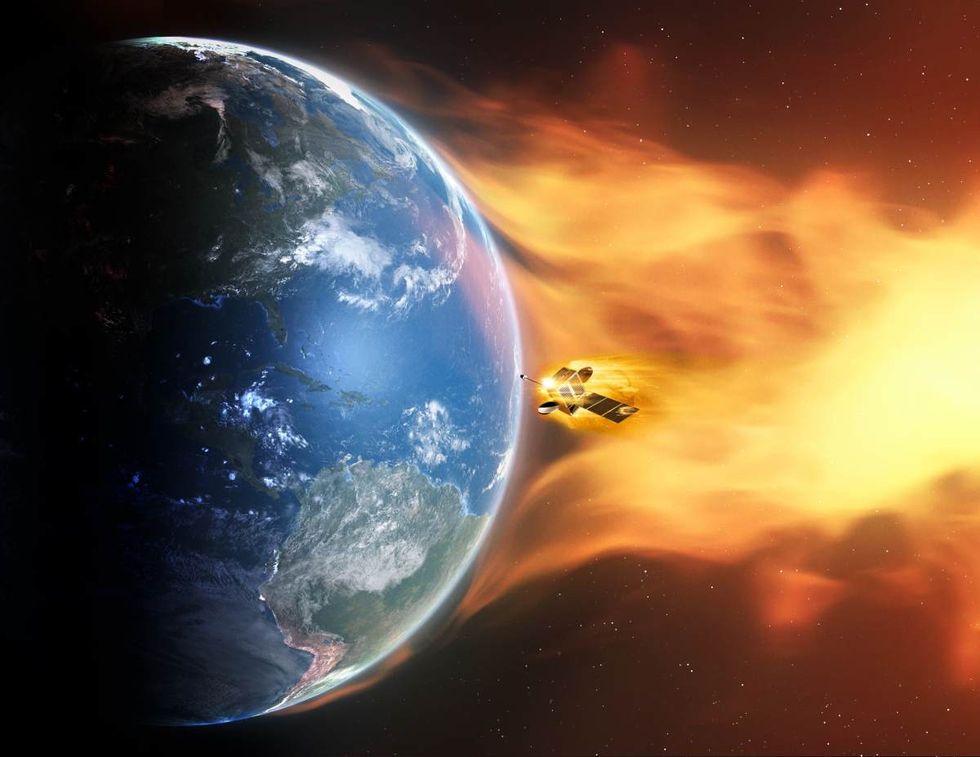
In addition to the “stratospheric aerosol injection,” scientists are considering another method to cool the Earth, which is “marine cloud brightening.” Sarah Doherty, program director of the Marine Cloud Brightening Project told ABC News that emissions from ships traversing the globe have already been triggering a similar process. "You can see where ships go over the ocean. The sulfur they're producing from their engines produce small particles in the atmosphere and often leave brightened cloud streaks and we call them ship tracks," Doherty added.







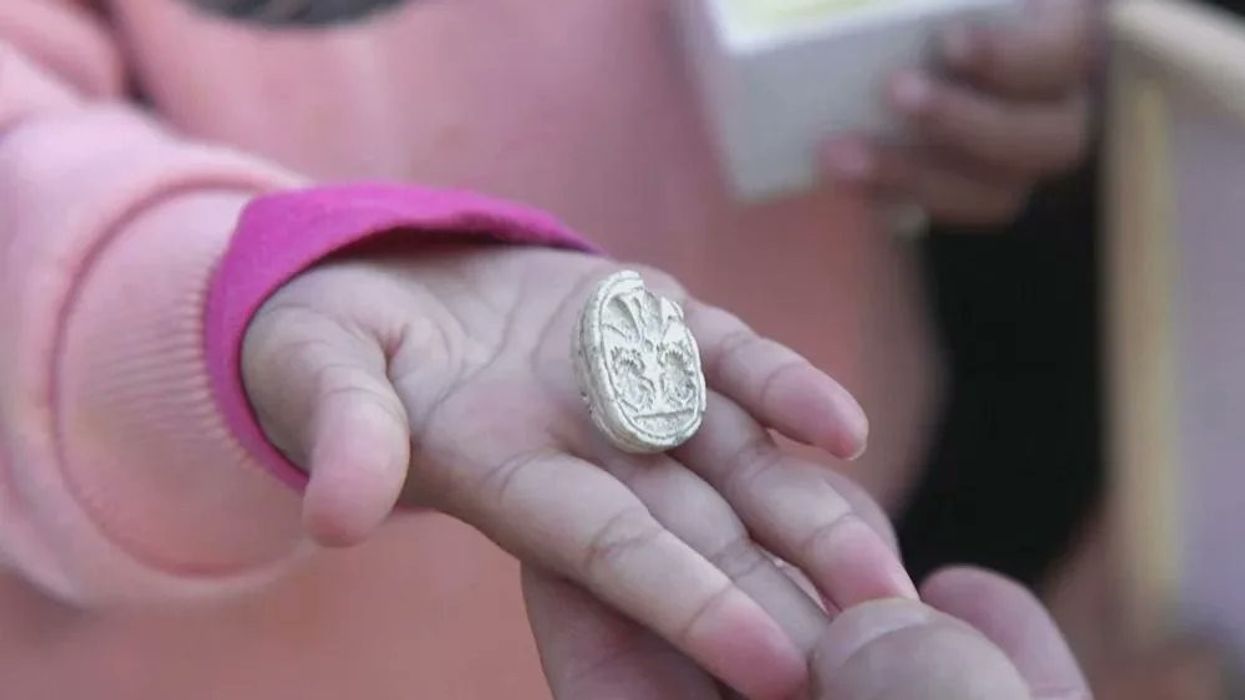




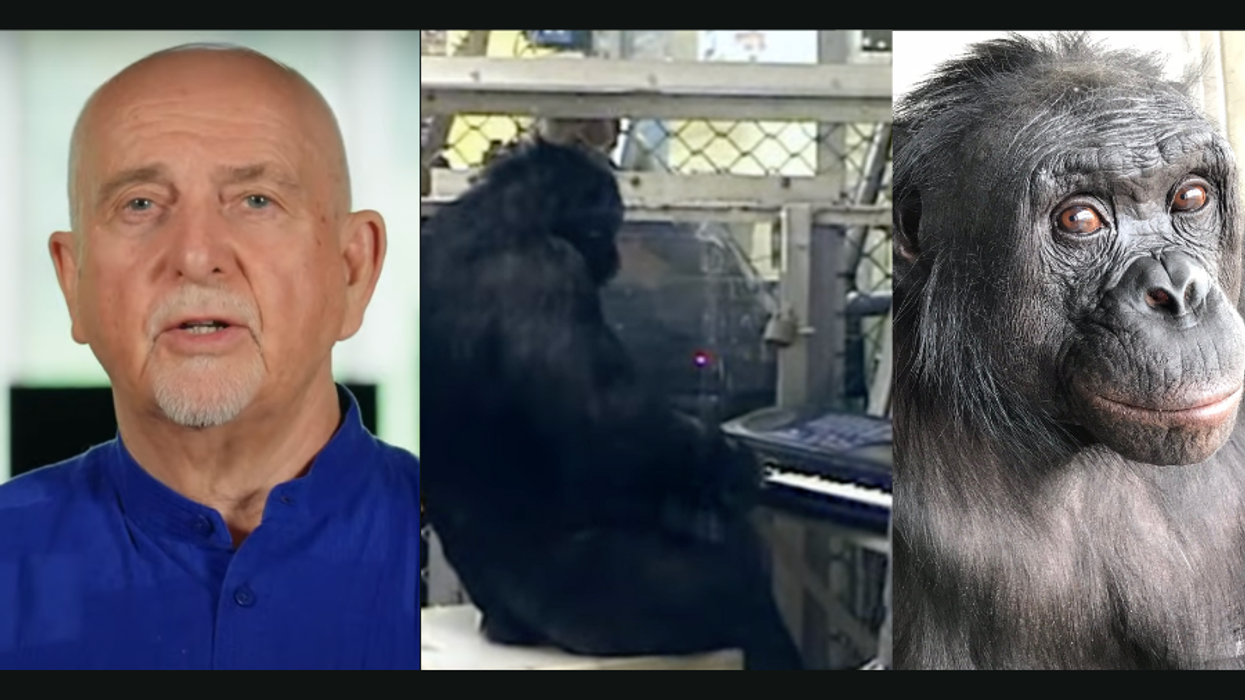





 Music isn't just good for social bonding.Photo credit: Canva
Music isn't just good for social bonding.Photo credit: Canva Our genes may influence our love of music more than we realize.Photo credit: Canva
Our genes may influence our love of music more than we realize.Photo credit: Canva
 Great White Sharks GIF by Shark Week
Great White Sharks GIF by Shark Week

 Blue Ghost Mission 1 - Sunset Panorama GlowPhoto credit:
Blue Ghost Mission 1 - Sunset Panorama GlowPhoto credit: 
 medical school brain GIF
medical school brain GIF woman leaning on man's shoulder
Photo by
woman leaning on man's shoulder
Photo by 
 Ripe bananas
Ripe bananas How we treat produce could be changing for the better.
How we treat produce could be changing for the better.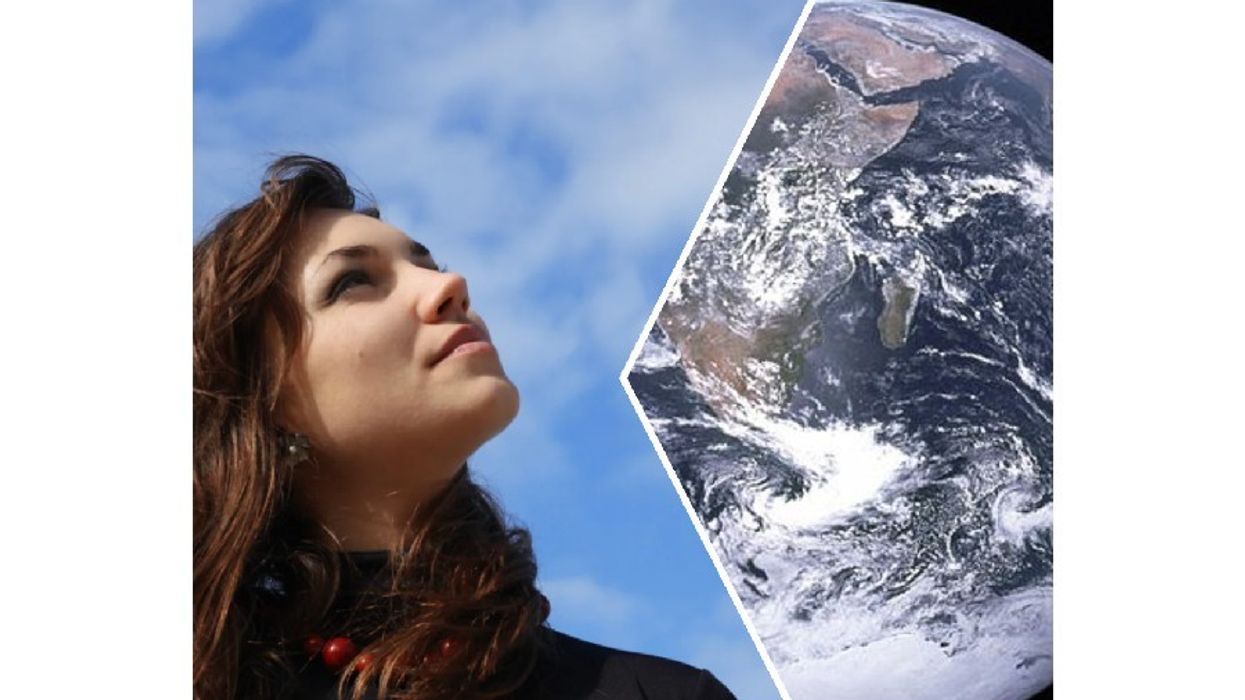
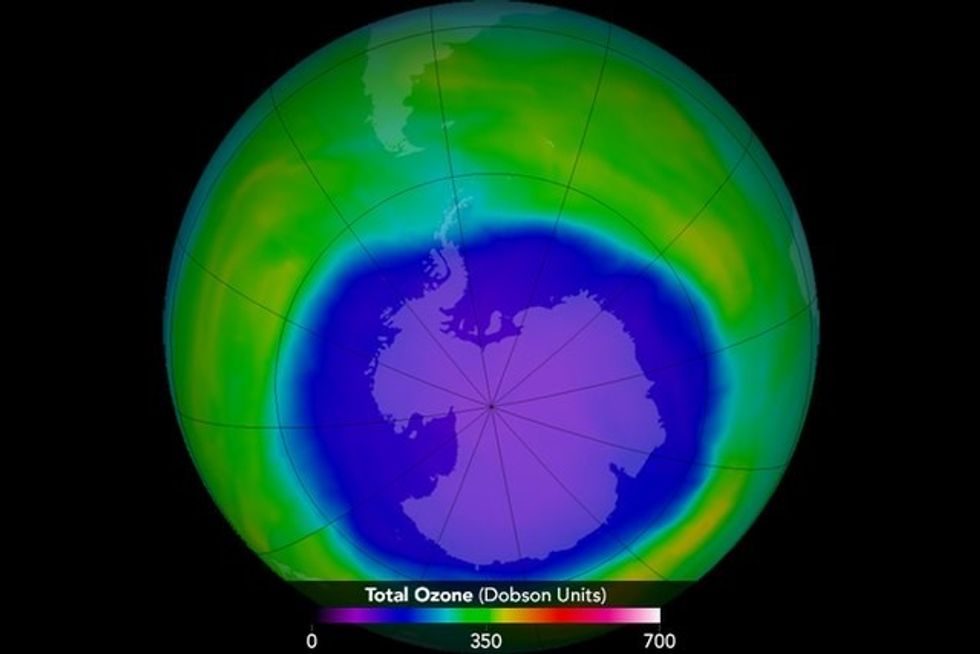 The hole in the ozone layer in 2015.Photo credit: Wikimedia Commons
The hole in the ozone layer in 2015.Photo credit: Wikimedia Commons In the 1980s, CFCs found in products like aerosol spray cans were found to cause harm to our ozone layer.Photo credit: Canva
In the 1980s, CFCs found in products like aerosol spray cans were found to cause harm to our ozone layer.Photo credit: Canva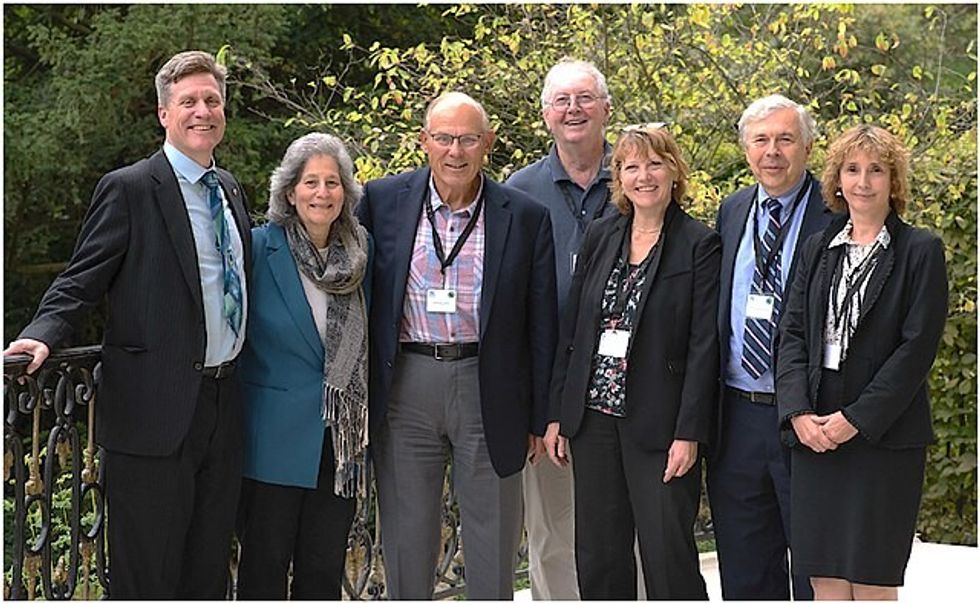 Group photo taken at the 30th Anniversary of the Montreal Protocol. From left to right: Paul Newman (NASA), Susan Solomon (MIT), Michael Kurylo (NASA), Richard Stolarski (John Hopkins University), Sophie Godin (CNRS/LATMOS), Guy Brasseur (MPI-M and NCAR), and Irina Petropavlovskikh (NOAA)Photo credit: Wikimedia Commons
Group photo taken at the 30th Anniversary of the Montreal Protocol. From left to right: Paul Newman (NASA), Susan Solomon (MIT), Michael Kurylo (NASA), Richard Stolarski (John Hopkins University), Sophie Godin (CNRS/LATMOS), Guy Brasseur (MPI-M and NCAR), and Irina Petropavlovskikh (NOAA)Photo credit: Wikimedia Commons